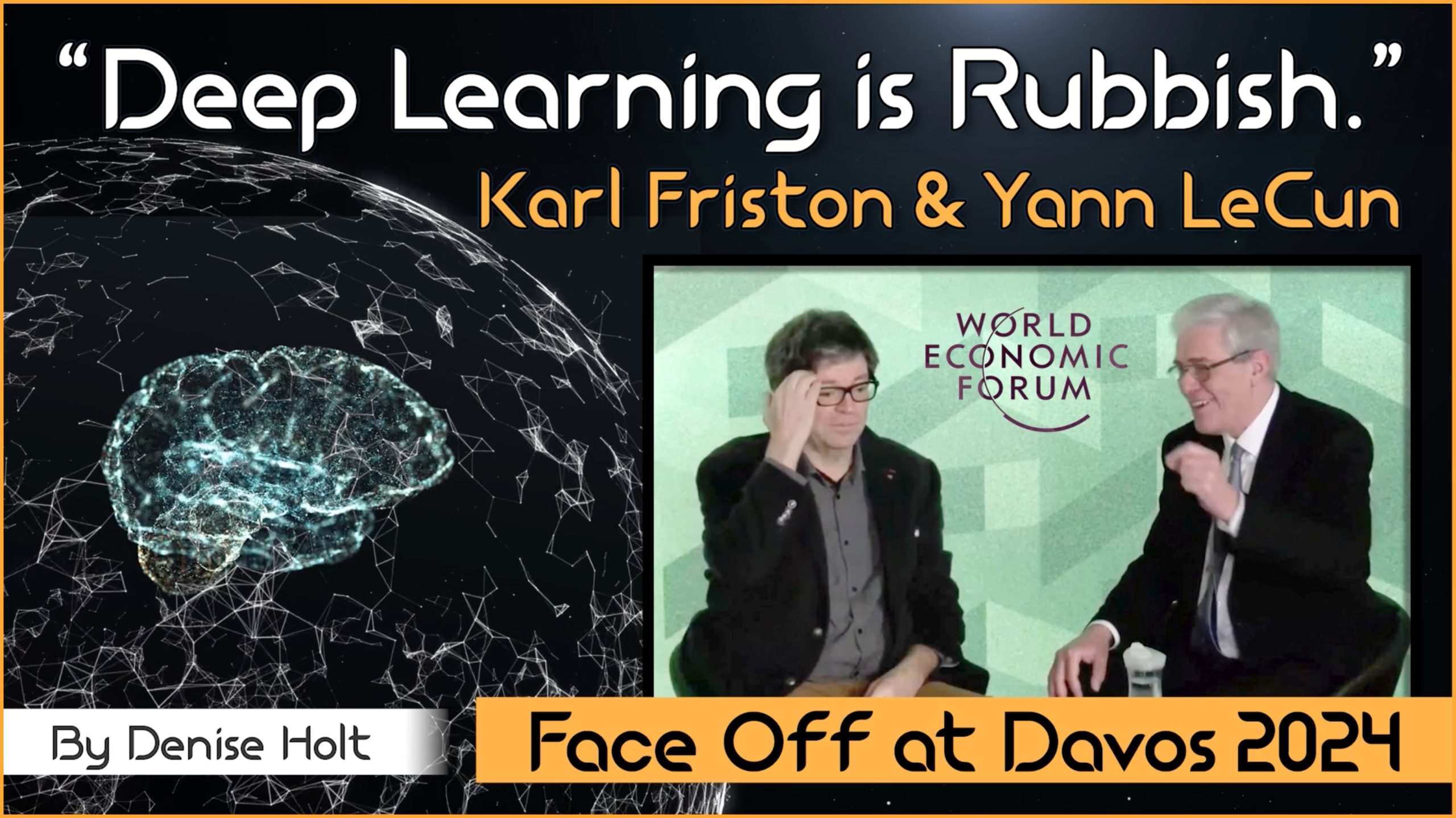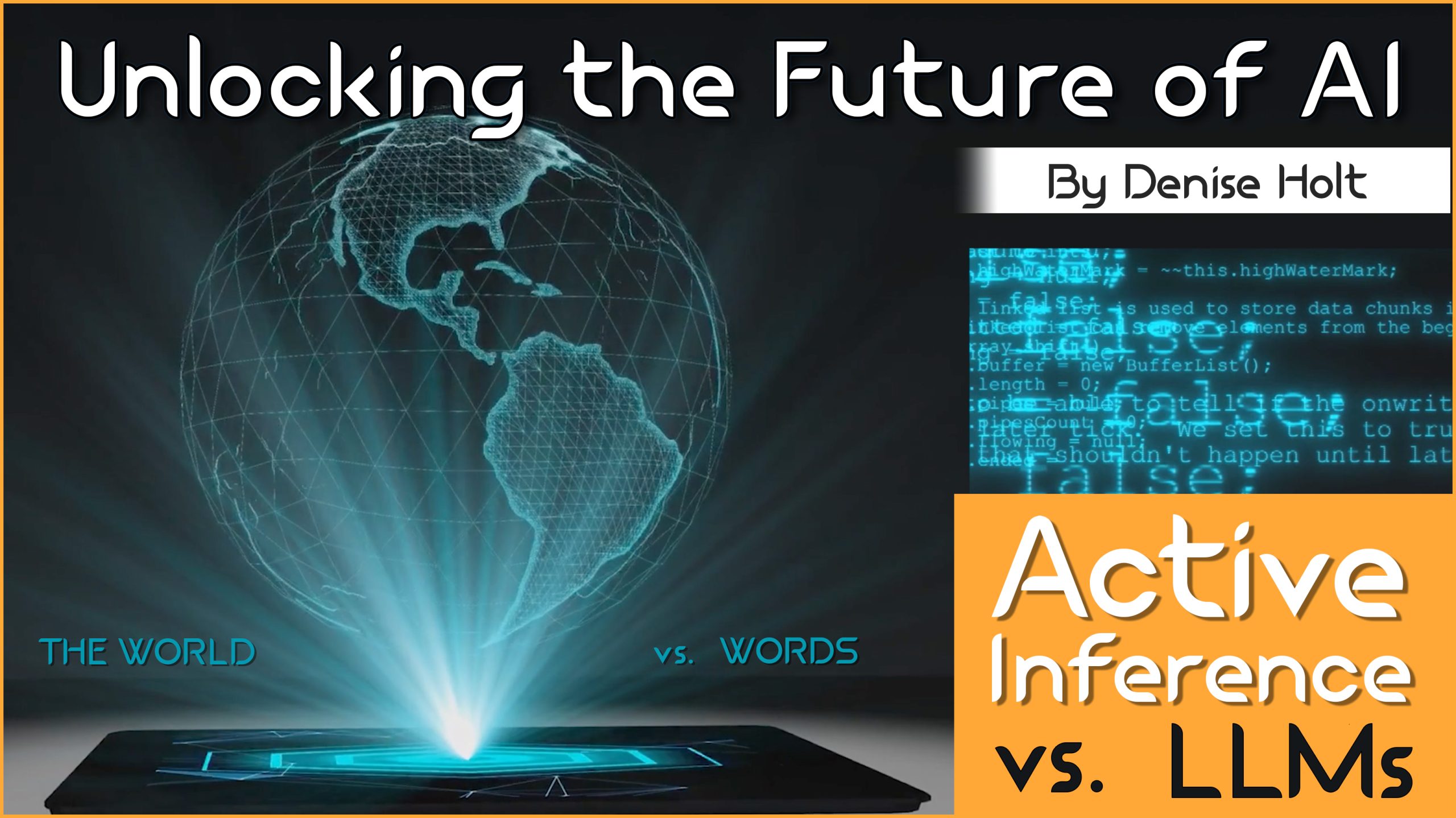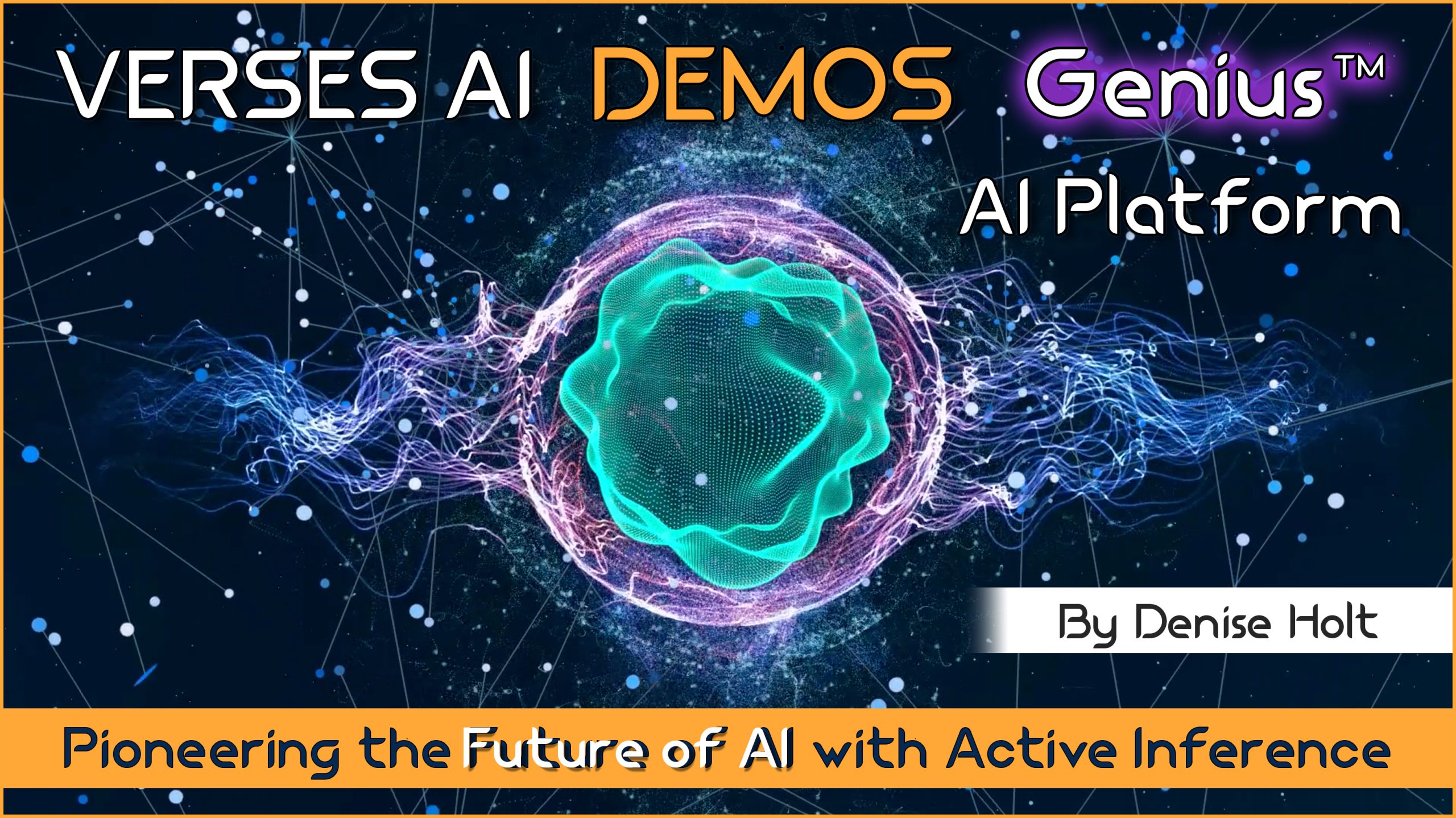
Updated - Over 150 New Entries for 2024 Q2 - Research papers, articles, videos, who to follow, and more! The…

At the forefront of this transition is the convergence of new Smart Technology stacks merging AR, VR, AI, IOT, and Distributed Ledger innovation.
Yet, there’s a HUGE elephant in the room.
To date, there are many companies building amazing Web3 and emerging technologies and products, with one glaring problem. These technologies are all disparate by design. They are not joined by a common language protocol. The Metaverses, dApps, and other Web3 solutions that are being built at this moment, are all siloed.
Even “protocol” extensible user interface cradles like Metamask, My Crypto, Status, or Parity, are open-source browser extension tools that are designed for individual blockchains. Cross Chain Interoperability Protocol (CCIP) is heading in the right direction, but at best, it is merely a bridge between blockchains, and does not take into account that 99% of all data lives on databases, not blockchains.
Real world IOT devices do not have a common language to share data between various manufactured sensors for a seamless experience. A common user identity to be shared between all interactions both virtual and real does not yet exist.
Most Web3 and emerging tech companies are building for “enhanced” Web2 experiences. They are not yet considering what is truly required for the implementation of a decentralized and fully networked Web 3.0 world.
Dan Mapes, President and Co-Founder, VERSES AI, and Director of The Spatial Web Foundation, describes it this way, “In the future you could go into a Web 3.0 Metaverse to design and order a pair of custom sneakers — you receive both a real pair and a virtual pair that your avatar can wear. The Sneaker Metaverse then needs to communicate to the digital twin of the factory to produce the physical shoes — the factory needs to track the shoe through the supply chain and ultimately to the drone delivery to the customer. Later, the customer might receive tokens for recycling the shoes. Everything will be interoperable because everything will be running one protocol — HSTP — just like the World Wide Web is now doing for webpages.”
This network of everything — this future Spatial Web browser experience will include a vast amount of data. This feat of parsing through these enormous datasets, and making sense of them, will require the assistance of artificial intelligence on a grand scale.
This unified, interoperable, and searchable network requires a common protocol. Just as HTTP (Hyper Text Transfer Protocol) is the internet protocol of Web2, the Spatial Web requires its own unique protocol that takes into account a 3D immersive browser environment called, the Hyper Space Transaction Protocol (HSTP).
The web protocol we use today (HTTP), is designed to connect pages on computers with the goal of sharing
information. Tomorrow’s web protocol (HSTP) will connect Smart Spaces, including all data and entities — physical people, cities, buildings, objects, and their digital twins, creating a smarter world by adding context and intelligence to every encounter. It will facilitate the technologically augmented experience of our daily lives in real time. Decentralization will ensure trusted and secure interactions and transactions for trusted records and transfers of value.
What we really need to be building toward is a blending of virtual and physical worlds using cognitive and distributed technologies. Undeniably, there are specific Smart Technologies that will be crucial to the architecture of this networked Web 3.0 experience.
For the sake of fast tracking the growth and transition into this new Spatial Web protocol, it is critical that the companies building these new technologies are collaborating with each other during this next transition period, keeping interoperability top of mind.
Special thanks to Dan Mapes , President and Co-Founder, VERSES AI, and Director of The Spatial Web Foundation. If you’d like to know more about The Spatial Web, I highly recommend a helpful introductory book written by Dan and his VERSES Co-Founder, Gabriel Rene, titled, “The Spatial Web,” with a dedication “to all future generations.”
++ This is Part 1 of a four part series titled, “The Spatial Web is Coming… Is Web 3.0 Ready?”
Read more in Part 2 to find out which Smart Technologies matter most in Web 3.0.
All content on this site is independently created by Denise Holt. If you enjoy this content, please consider supporting my efforts at patreon.com/SpatialWebAI

Updated - Over 150 New Entries for 2024 Q2 - Research papers, articles, videos, who to follow, and more! The…

VERSES AI has unveiled a groundbreaking framework that "sets the stage" for ASI, and could have profound implications for the…

In a panel hosted by the Financial Times at the World Economic Forum in Davos, Switzerland, two of the biggest…

The Most Complete Repository of Research Links and Educational Content on the VERSES AI Technology & Active Inference AI This…

Computing is changing on every basic and fundamental level. Generative AI is one piece of that computing puzzle. It’s a…

A pivotal roundtable discussion held by the Boston Global Forum, the Active Inference Institute, and the Neuropsychiatry and Society Program…

In an unprecedented move by VERSES AI, today's announcement of a breakthrough revealing a new path to AGI based on…

In a world where AI reigns supreme, there is a question looming among the tech elite: Are we on the…

"What you're about to see is akin to, I believe, a moment like the launch of the first rocket or…